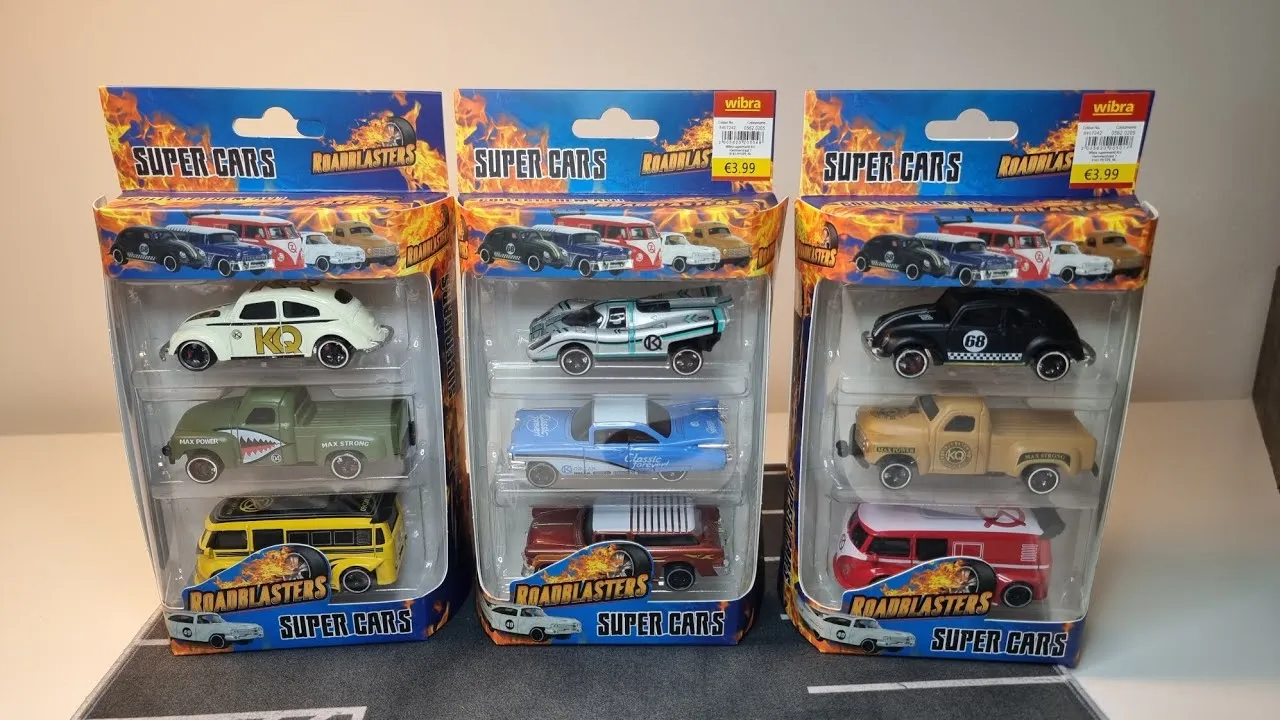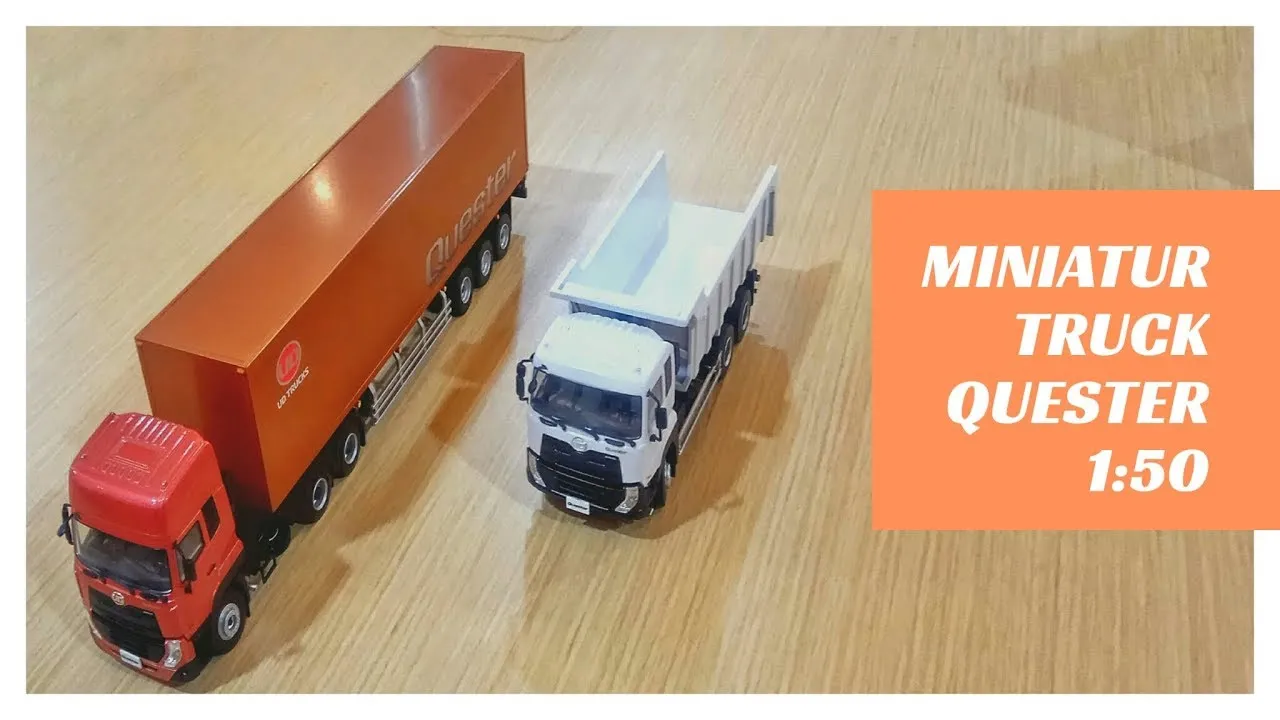What are Diecast Cars
Diecast cars are miniature replicas of real-life vehicles, meticulously crafted using a die-casting process. They’ve captivated collectors and enthusiasts for generations, offering a tangible connection to automotive history and design. From classic cars to modern supercars, these miniature marvels provide a unique way to appreciate the beauty and engineering of automobiles. Diecast cars are not just toys; they are intricate pieces of art that reflect the passion and dedication of their creators. These miniature vehicles come in various scales, materials, and levels of detail, making them a diverse and engaging hobby for people of all ages and backgrounds. They represent a world where nostalgia meets precision engineering, creating a hobby that is both rewarding and endlessly fascinating.
The Appeal of Diecast Cars
The appeal of diecast cars is multifaceted, drawing enthusiasts in with their detailed craftsmanship, nostalgic value, and the joy of collecting. For many, these models evoke cherished memories of childhood, connecting them to a simpler time. The attention to detail, from the paint finish to the interior features, showcases the artistry involved in their creation. Diecast cars offer a tangible connection to the automotive world, allowing collectors to own miniature versions of their dream cars or commemorate significant vehicles in automotive history. The collecting aspect adds an element of excitement, as enthusiasts seek out rare and limited-edition models. This hobby allows for social interaction through clubs, shows, and online communities, fostering a sense of camaraderie among collectors who share a common passion.
Scale and Detail

Scale and detail are fundamental aspects of diecast cars, influencing their value and appeal. The scale refers to the ratio between the model’s size and the actual vehicle’s dimensions. Common scales include 1:18, 1:24, 1:43, and 1:64, with larger scales often allowing for greater detail. The level of detail encompasses the accuracy of the model’s features, from the shape of the body to the intricate components of the engine and interior. High-quality diecast cars boast realistic paint finishes, detailed interiors, and functional parts like opening doors and steerable wheels. The attention to detail is a testament to the manufacturer’s dedication and directly affects the model’s collectibility. This dedication is what transforms a simple toy into a meticulously crafted piece of art, admired by enthusiasts worldwide for its accuracy and aesthetic appeal.
Top 5 Secrets of Diecast Cars
Secret 1 The Scale Factor
One of the most crucial secrets of diecast cars is understanding the scale. It dictates the model’s size relative to the real vehicle. Different scales offer different levels of detail and impact the model’s overall aesthetic and appeal. Larger scales, such as 1:18, provide more space for intricate features, while smaller scales like 1:64 are ideal for compact collections and display arrangements. Scale directly influences the price, availability, and the type of collectors who are most interested in the model. Recognizing the scale is the first step in appreciating the craftsmanship and detail that goes into diecast cars. It also helps collectors make informed decisions when building their collection, ensuring that the models complement each other in terms of size and display.
Common Diecast Scales

Several scales are frequently used in the diecast car world. 1:18 scale is popular for its impressive level of detail and larger size, making it a favorite among serious collectors. 1:24 scale is a versatile option, offering a good balance between detail and size, suitable for various display scenarios. 1:43 scale is widely available and favored for its compact nature, allowing for extensive collections without requiring much space. 1:64 scale, often associated with Hot Wheels and Matchbox cars, is perfect for budget-friendly collecting and imaginative play. Each scale offers unique advantages, catering to different collector preferences and display requirements. Understanding these scales enables collectors to curate a diverse collection, appreciating the varying levels of detail and the distinct charm each scale provides.
Secret 2 Materials Matter
The materials used in diecast car construction significantly affect their quality, durability, and aesthetic appeal. Die-cast zinc alloy is the primary material, known for its ability to capture fine details during the manufacturing process. The choice of materials plays a vital role in determining a model’s overall value and collectibility. High-quality diecast cars often feature detailed interiors made from plastic or other materials. The weight and feel of a diecast car are directly related to the material composition. Moreover, the type of paint, and the application, play a crucial role in the final look of the model. Understanding the materials used provides a deeper appreciation of the craftsmanship behind each model.
Zinc Alloy vs. Plastic
Zinc alloy, the primary material for diecast car bodies, offers excellent detail and a satisfying weight. Its ability to capture fine details allows for intricate designs and realistic features. Plastic, used for interior components, windows, and sometimes the chassis, provides flexibility and cost-effectiveness. The combination of zinc alloy and plastic achieves a balance between detail, durability, and cost-effectiveness. While zinc alloy contributes to the model’s premium feel, plastic elements allow for functional features such as opening doors and steerable wheels. The careful use of these materials ensures that each diecast car is both visually stunning and structurally sound. The choice of materials often reveals the manufacturer’s commitment to quality and the model’s intended price point.
Secret 3 The Manufacturing Process

The manufacturing process for diecast cars is a marvel of precision engineering. It involves several stages, from the design phase to the final assembly, each crucial in determining the model’s quality. The process begins with designing the model, followed by the creation of molds, which are then filled with molten zinc alloy. This method allows for complex shapes and fine details to be reproduced accurately. After the casting process, the parts are cleaned, painted, and assembled with other components, such as windows, wheels, and interior details. The meticulous assembly ensures that each model meets the high standards expected by collectors. Quality control checks are implemented at every stage to verify that the models adhere to the specifications and satisfy the exacting standards of diecast enthusiasts. Understanding this process provides a new appreciation for the work that goes into each miniature masterpiece.
Die-casting Explained
Die-casting is the core process behind the creation of diecast cars, involving injecting molten metal into molds under high pressure. This allows for accurate and detailed reproduction of the vehicle’s design. The process begins with creating precision molds, often made of steel, that are designed to withstand high temperatures and pressures. Molten zinc alloy is then injected into these molds, filling the intricate cavities to form the various parts of the car. After the metal cools and solidifies, the molds are opened, and the parts are removed. The parts then undergo cleaning, trimming, and finishing processes, such as painting and detailing. This process, executed with precision and skill, is what gives diecast cars their distinctive quality and detail. Die-casting is a sophisticated industrial process that combines engineering expertise with artistic craftsmanship.
Secret 4 Rarity and Value
Rarity is a primary factor in determining the value of diecast cars. Limited-edition models, those produced in small quantities, often command higher prices among collectors. The demand for specific models also influences their value, with rare or highly sought-after cars escalating in price. The condition of the model significantly affects its value, with mint-condition cars fetching the highest prices. Original packaging and any included certificates or documentation also contribute to the collectibility and market price. The combination of these elements – rarity, demand, condition, and provenance – determines the overall value of a diecast car within the collecting community. For enthusiasts, the pursuit of rare items represents a thrilling element of the hobby, driving the market and shaping the value of individual models.
Limited Editions

Limited editions of diecast cars are highly sought-after due to their exclusivity and rarity. These models are produced in smaller quantities, often with unique features, paint schemes, or details, making them highly desirable among collectors. Manufacturers create limited editions to commemorate special events, partnerships, or anniversaries, adding to their appeal. The limited production runs often lead to increased demand and subsequently higher prices. Collectors actively seek out these exclusive models, viewing them as valuable investments and prized possessions. These models contribute to the allure and excitement of the diecast car hobby and are a testament to the creativity of the manufacturers. The limited availability adds an element of urgency, spurring collectors to act quickly to secure these unique and cherished models.
Secret 5 Where to Buy
Finding diecast cars involves exploring various avenues, from specialized hobby shops to online marketplaces. Local hobby stores often carry a curated selection of diecast models, allowing enthusiasts to examine the cars in person and receive expert advice. Toy stores occasionally stock diecast cars, particularly those in more common scales. Online marketplaces offer a vast selection of diecast cars, catering to diverse preferences. Auction sites provide access to rare and vintage models. Attending diecast car shows and events is another excellent way to discover new additions to your collection. The right strategy in terms of location and resources depends on individual preferences, budget, and the specific models sought. This variety ensures that collectors have a wide array of choices, each with its unique advantages and opportunities.
Online Marketplaces
Online marketplaces have revolutionized how collectors buy and sell diecast cars, providing unprecedented access to a global inventory. Platforms offer a vast selection, from current releases to vintage models. The convenience of browsing and purchasing from the comfort of your home, combined with user reviews, makes online marketplaces attractive to buyers. Sellers can reach a larger audience, leading to potentially higher prices. However, caution is advised. Thoroughly reviewing seller feedback, examining product descriptions, and confirming the model’s authenticity are essential steps. Despite the risks, online marketplaces remain a vital and convenient resource for both buyers and sellers within the diecast car community. By making informed decisions and using the features these platforms provide, collectors can expand their collections and participate in the global diecast car market effectively and safely.
Conclusion

Diecast cars offer a fascinating world for collectors and enthusiasts. Their allure comes from a combination of meticulous craftsmanship, historical significance, and the thrill of collecting. Understanding the scale, materials, manufacturing processes, the concept of rarity, and the places where to buy them are all essential secrets to unlocking the true potential of this hobby. Whether you are an experienced collector or new to the scene, the world of diecast cars provides endless opportunities for discovery and enjoyment. Embracing the insights shared in this guide will assist you in navigating this captivating hobby. So, dive in, explore, and experience the joy and satisfaction of collecting these miniature masterpieces.
